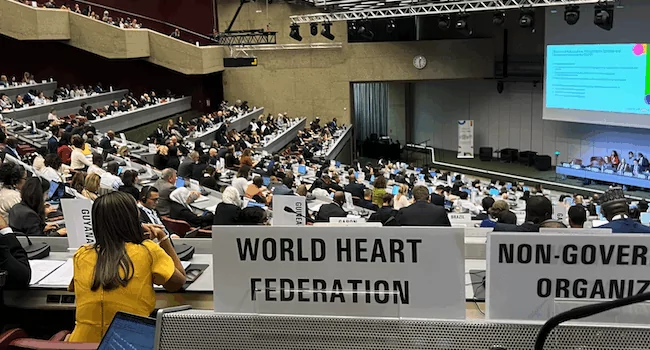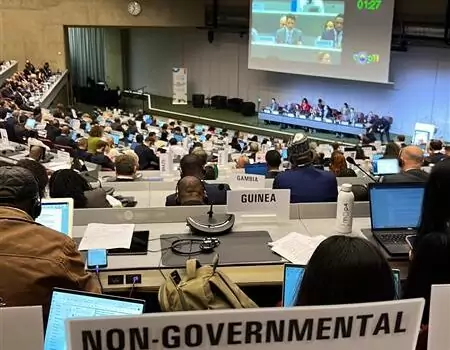Following the success of the Global Study on Cardiovascular Disease (CVD) and COVID-19, and to better understand long COVID, especially in low-resource settings, World Heart Federation (WHF) commenced the WHF Long COVID Sub-study in early 2022. This sub-study aimed to determine the short-term (3 months), medium-term (6 months), and long-term (12 months) sequelae of COVID-19, including re-hospitalization and mortality, symptoms, impact on physical function, and psycho-social consequences. Twenty-six hospitals from 16 countries (Bangladesh, Brazil, Colombia, India, Indonesia, Iran, Japan, Kenya, Malaysia, Mexico, Nigeria, Pakistan, Portugal, Russia, South Africa, Zambia) recruited 2,535 hospitalized COVID-19 patients from January 2022 to August 2023. Subsequently, these patients were contacted via telephone for follow-up assessments at four different time points: 1-month, 3-months, 6-months, and 9-12-month after hospital discharge. Follow ups for all eligible patients were completed in January 2024, with a follow-up rate of 90%.
- Omicron variant was indicated in 98% of the available for over 50% of patients whose variant was recorded.
- Over half (55%) received at least two doses of the COVID-19 vaccine.
- Moderate to severe fatigue was reported by 52% after 1-Month and 26% reported moderate to severe fatigue upon final follow-up.
- After 6 months follow up 49% patients reported difficulties in usual activities, 33% reported anxiety and 23% reported mobility issues.
- The overall Study Mortality Rate is15% with sudden cardiac death (54%), respiratory disease (including pulmonary embolism) (9%) and stroke (6%) the most common causes of death.
The results presented at the ESC Congress 2024 reveal a significant burden of persistent long COVID symptoms among hospitalized COVID-19 patients. Most patients tested positive for the Omicron variant, and the discharged population experienced substantial mortality and morbidity rates. About a quarter of these patients reported at least one persistent long COVID symptom after one year.
These findings can help identify high-risk COVID-19 patients and inform management strategies for long COVID, especially in low and middle-income countries. The final results are to be published later this year and can help guide future health care planning for the post pandemic globally.



